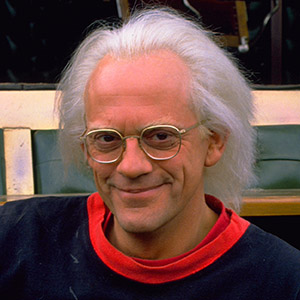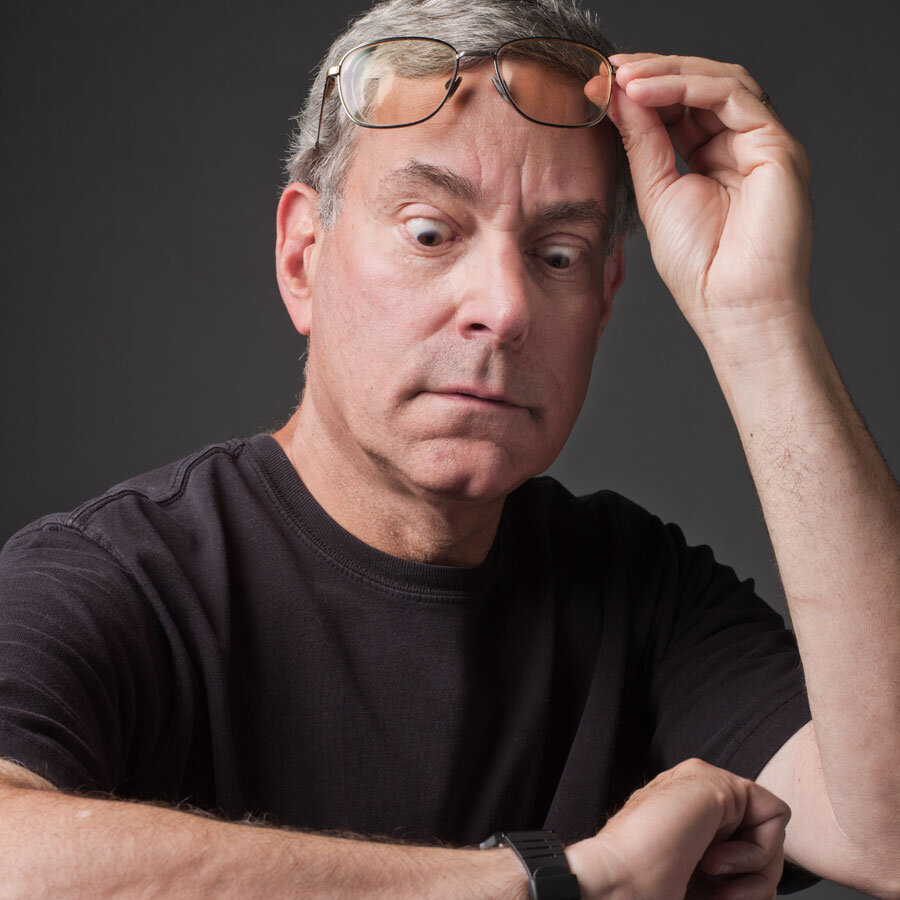

Neil Canton
Neil Canton is probably best known for producing the legendary BACK TO THE FUTURE trilogy, now widely considered an American classic.
With a degree in Government and Public Administration from American University in Washington, DC, Canton first worked in Hollywood as assistant to Peter Bogdanovich on WHAT'S UP, DOC?, PAPER MOON and NICKELODEON. He then spent two years on Orson Welles's THE OTHER SIDE OF THE WIND before leaving to work with Walter Hill on THE WARRIORS.
His other producing credits include THE ADVENTURES OF BUCKAROO BANZAI, THE WITCHES OF EASTWICK, TRESPASS, GERONIMO, MONEY TRAIN, DUETS, GET CARTER, ANGEL EYES, TRAPPED and INTERSTATE 60.
Canton is a member of the Academy of Motion Picture Arts and Sciences and the Producers Guild of America.
He currently serves as the Senior Filmmaker-in-Residence for Film Producing in the MFA program at the American Film Institute Conservatory, and has several film projects currently in development.
Producer
Producer NEIL CANTON most recently produced "The Adventures of Buckaroo Banzai." Born and raised in New York City, Canton graduated from American University in Washington, D.C., and landed a summer job with noted director Peter Bogdanovich. Canton continued as his assistant for six films, and worked on such productions as "What's Up, Doc?", "Paper Moon" and "Nickelodeon." He also spent two years on Orson Welles' long-awaited "The Other Side of the Wind" and then left to work with Walter Hill on "The Warriors."
as of June 5, 1985
Producer
Producer Neil Canton was brought into the original "Back to the Future" through his association with executive producer Frank Marshall. Canton had just produced "The Adventures of Buckaroo Banzai," and was contacted by Marshall, who was looking for someone to produce a new film to be directed by Robert Zemeckis. Canton had a number of projects in development at the time, but none with an imminent start date pending. After a brief meeting with Zemeckis, the director suggested that Canton read the script to "Back to the Future" and meet his partner Bob Gale. From that point on "...it it just felt like a very natural relationship that I had always been a part of," recalls Canton.
In addition to his production expertise, Canton made another invaluable contribution to the shaping of "Back to the Future." While reading the script, the producer had no doubts that the role of Doc Brown should be played by an actor with whom he had just finished working in "Buckaroo Banzai" -- Christopher Lloyd.
Canton admits that the terms upon which everyone agreed to do a sequel to "Back to the Future" were simple. "Everyone had to come back. Bob Zemeckis had to direct, Bob Gale had to write the script, and Michael and Chris had to return as Marty and Doc. If all those elements weren't in place, no one would have been interested in trying to compensate for those who didn't come back. It wouldn't have been 'Back to the Future."'
Born and raised in New York City, Canton graduated from American University in Washington, D.C. It was in his capacity as assistant to director Peter Bogdanovich in "What's Up Doc?" where Canton first met Frank Marshall, who served as location manager on the film. Canton and Marshall continued with Bogdanovich in various positions on films such as "Paper Moon," "Nickelodeon" and "At Long Last Love." Both men spent two years on Orson Welles' production of "The Other Side of the Wind," as well as working with Walter Hill on "The Warriors."
In addition to producing "Buckaroo Banzai," which has since become a cult favorite, Canton served as producer of the hit comedy "The Witches of Eastwick." He and Bob Gale will continue with the adventures of Marty and Doc as the producers of "Back to the Future Part III."
as of October 24, 1989
Producer
Producer Neil Canton was equally excited that the conclusion of the "Back to the Future" trilogy was to be set in the Old West. "Like Bob and Bob, I also grew up as a big fan of westerns, but never thought I'd get an opportunity to make one. That's the great thing about having a time-traveling DeLorean. You can go anywhere you want."
Canton reveals that the building of the 1885 Hill Valley in Sonora was not the first time the filmmakers had visited the area. "We had considered Sonora as the location for Hill Valley in the original 'Back to the Future.' The town does have a 1950's look and feel to it. Ultimately, we found that it was impractical to use a real town for both 1985 and 1955, as it would have been a logistical nightmare. So we felt that the Universal back lot was the logical place to go."
When it was decided to build an entire town from the ground up for "Part III," the filmmakers looked for a spot to build the town in Valencia, or somewhere nearby, and just close to home. "Originally," says Canton, "we were planning use the train near Sonora for the specific scenes in which it was needed. As we were on the train, it occurred to us that we should be able to tie the train and the town together. It was easier to build the town in Sonora than to move the train."
The producer also took on the task of securing the location of Monument Valley for Marty's departure into the past. "Monument Valley is a place that anyone who's ever watched westerns would immediately recognize. It was an amazing experience for us to film there, because it was as if we actually had traveled back in time and stepped into the movies we had grown up with."
"The Navajo Indians, who maintain the land, were enormously helpful to us. They helped to build the drive-in and also appeared as members of the fictional Pohatchee tribe that Marty encounters upon his arrival in 1885."
Both Canton and Gale agree they experienced some very mixed emotions at the conclusion of filming "Part III." "It's exhilarating and sad at the same time," says Canton. "'Part III' is the coup-de-grace of the trilogy and we're proud of it, as well as the other films. It's been a long, hard road and certainly the most memorable experience in my career. The sad part is that while many of us will work together again in various combinations on other projects, we'll never be able to recapture this experience." Adds Bob Gale, "Over the course of five years, Marty and Doc, and all the people that have worked on these films have become an extended family, and you never want to say goodbye to your family."
Steven Spielberg Presents A Robert Zemeckis Film. "Back to the Future Part III." Starring Michael J. Fox, Christopher Lloyd, Mary Steenburgen, Thomas F. Wilson and Lea Thompson. Music by Alan Silvestri. Edited by Arthur Schmidt, Harry Keramidas. Production design by Rick Carter. Director of Photography, Dean Cundey, A.S.C. Executive Producers, Steven Spielberg, Frank Marshall, Kathleen Kennedy. Story by Robert Zemeckis & Bob Gale. Screenplay by Bob Gale. Produced by Bob Gale and Neil Canton. Directed by Robert Zemeckis. A Universal Picture.
as of April 24, 1990















